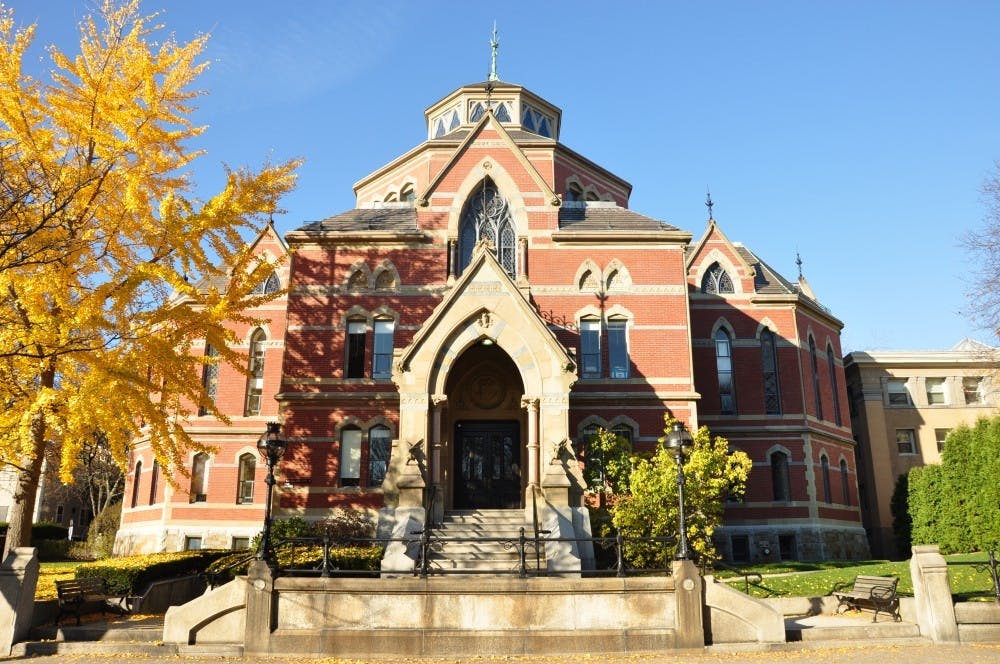Now that Brown University has reached its fundraising goal of $30 million, the Ivy League institution will replace student loans with grants for both incoming and current students in next fall.
The plan will benefit middle-income students who do not qualify for Brown's no-loan financial aid, but still require some form of financial assistance, according to The Brown Daily Herald, the campus newspaper.
The fundraising initiative, called “The Brown Promise: The Future of Financial Aid at Brown,” aims to eliminate all loans from undergraduate financial aid packages. Close to 2,100 donors have contributed anywhere between $1 to millions.
Sustaining the initiative will require at least $4.5 million to be raised annually. The university has a total goal of $120 million attached to The Brown Promise program, the Herald reported.
“There will be students — prospective applicants — who see this news and see Brown’s commitment to affordability who now may be inspired to apply knowing that they can graduate potentially debt free,” Brown Dean of Admission Logan Powell told the Herald.
At all other Ivy League universities, including Penn, roughly half of all 2016 incoming freshmen receive need-based grants, ranging from 34 percent at Brown to 62 percent at Princeton University, according to The Washington Post.
Penn students having been borrowing less since 2009 when Penn implemented an “all-grant” policy. This provides students with a financial aid plan that includes grants and a work-study job, but no loans.
Still, 32 percent of Penn’s 2015 graduates took on student loans to support their education, according to Student Registration and Financial Services. This group ended up with an average debt of $18,900 in federal and nonfederal student loans. Many students take out loans despite the University’s “all-grant” policy because their family’s income is too high to qualify for aid, but not high enough to fully cover tuition.
RELATED:
Penn reduced financial aid for students living off campus, but many were never notified
Penn says rebranding its financial aid policy doesn't change anything. Students aren't so sure.
Although about a third of Penn students took out loans in 2015, 64 percent of college graduates nationwide had student loans in 2014, according to the College Board’s 2015 Trends in Higher Education report. The average debt of Penn’s 2015 graduates was less than the 2014 national average of $30,200.



